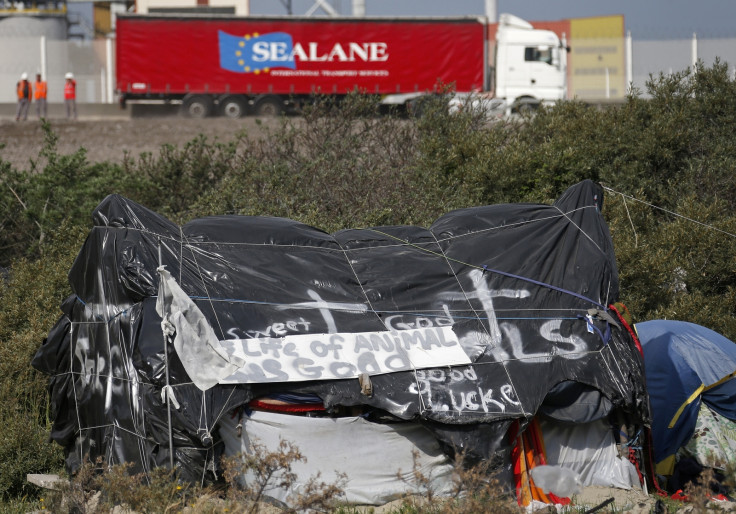EU migrant crisis: UNHCR report predicts refugees will double later in the year

The 137,000 refugees who arrived in Europe in the first half of 2015 represents an 80% increase over last year's figures, says a report by the UNHCR, claiming that most of them were fleeing war, conflict or persecution.
With crossings seen to double usually in the second half of any year, the numbers is expected to soar.
One-third of the refugees were from Syria, while Afghanistan and Eritrea were the other main countries from where people have been migrating to Europe.
Calling the present refugee crisis to be of "historic proportions", the report notes that countries in southern Europe have borne the brunt.
Every day, an average of over 1,000 people are now entering the former Yugoslav Republic of Macedonia from Greece, which is already suffering from economic hardship and has been the largest arrival point for refugees and migrants this year.
Italy is the other major point of entry and Prime Minister Matteo Renzi rebuked fellow EU leaders last week for refusing to endorse a refugee redistribution plan. "This is a regional problem that needs a regional response and regional solidarity," he said.
The plan has met with resistance from many European countries including France and Hungary and the latter has threatened to place a border fence, after more than 60,000 refugees entered the country.
Under EU rules, refugees are to be fingerprinted and allowed to apply for asylum in the first country they reach, which tends to be either Italy or Greece. Most prefer the wealthier nations and try to go further north, as was seen at Calais recently.
"Desperate people resort to desperate measures and unfortunately... the numbers are expected to continue to soar," UNHCR spokesperson Brian Hansford said.
Deaths at sea also rose to record levels of 1308 in April 2015, with May seeing the tragic drowning of 800 people on board a crowded boat from Libya. EU funding for rescue has seen a drop in deaths since then.
The report says that the eastern Mediterranean route from Turkey into Greece saw more crossings against the central route from North Africa to Italy.
© Copyright IBTimes 2025. All rights reserved.





















